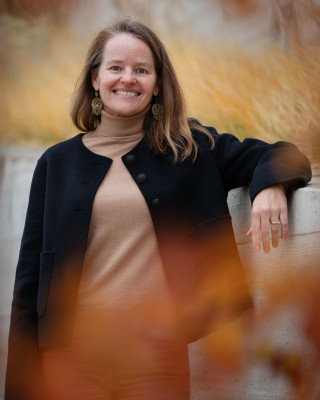Urban Ecology
Urban ecology is a relatively young but fast-growing field of study that focuses on the cities and towns we live in, as complex ecosystems in their own right! As ecologists, scientists interested in urban systems seek to understand how organisms interact with each other and with their surrounding urban environment. In the context of cities, this means that urban ecologists must consider all organisms, including humans, natural and human-built environments, such as roads and high-rise buildings, and technologies, such as power lines and computer systems.
A core goal of urban ecology research is to transform our cities and towns into more sustainable, resilient, and livable spaces through sound design, planning, and management. As such, urban ecology has evolved into a transdisciplinary field, drawing on knowledge from multiple disciplines (geography, urban planning, engineering, and public health, to name a few) and from local communities, decision makers, government agencies, architects, and landscape architects.
At the Natural History Museum of Utah, researchers and citizen science partners have been studying urban ecology together for many years. Museum scientists investigate the ways in which the urban environment affects local species, such as bee populations and fireflies (Citizen scientists and fireflies), and how introduced species like firebugs and the fox squirrel (Citizen scientists and fox squirrels) are becoming new members of our cities and towns.
Citizen scientists monitor everyday habitats, like the Fife Wetland Preserve, a major native restoration effort (Fife Wetland Preserve), and the effectiveness of designed landscapes (Landscape Lab). Museum exhibits reveal the hidden beauty in Utah’s urban land (Nature All Around Us), reaching thousands of citizens across Utah and the nation.
In 2023, the Natural History Museum of Utah formalized its commitment to urban ecology with the creation of a new Urban Ecology division in the Department of Collections and Research and with the appointment of Dr. Alexandra Ponette-González as Curator of Urban Ecology (https://ponettelab.cargo.site/). Through science, community engagement, and outreach, urban ecology research at the Natural History Museum of Utah will continue to expand and thrive in the future. We welcome you to join us!
Did you know...
Nearly 40% of Utah’s total state population lives in Salt Lake City Metropolitan Area.
Research Staff
